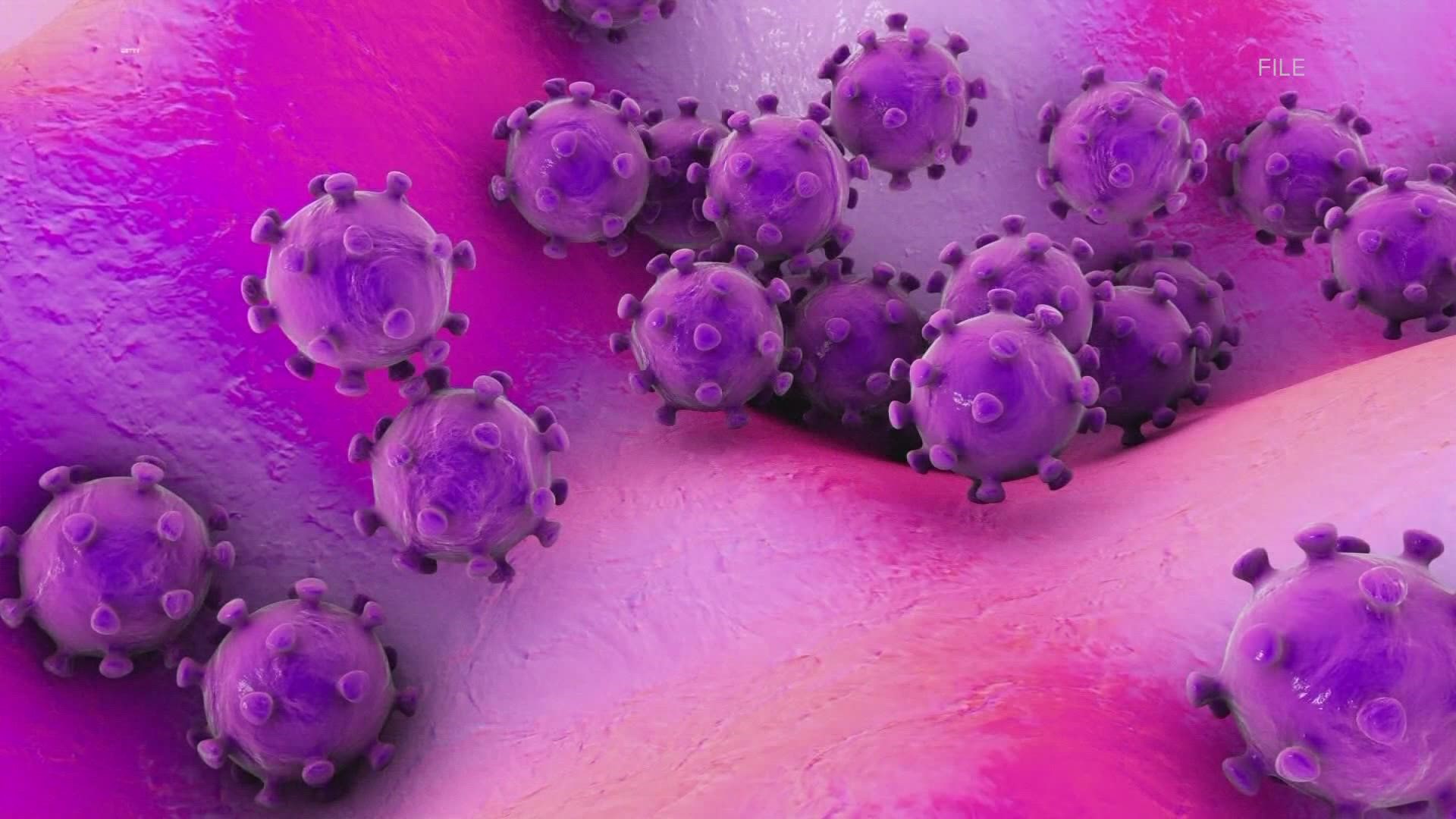SEATTLE — Washington state health officials exuded optimism Wednesday morning as data continues to show a clear downward turn in the number of COVID-19 cases across western Washington.
State Epidemiologist Dr. Scott Lindquist said during Wednesday's Department of Health (DOH) briefing that he thinks we are seeing a “downward incidence” of cases in the omicron variant wave.
“We’re hearing from a lot of our folks in the field that are doing most of the testing that they are clearly seeing this,” he said, referencing the DOH’s own data. “We are really seeing a dramatic decrease in the number of people being tested and the number of positives as evidenced.”
The data shows that in the last month or so, the state’s seven-day average of positive cases has gone from its peak of about 18,800 cases on Jan. 14 to nearly 2,000 fewer cases just four days later on Jan. 18.
However, when looking at King, Snohomish and Pierce counties, the three most populated counties in western Washington, the downswing is even greater, with the peak occurring on Jan. 10 with a seven-day average of 11,095 cases to over 2,000 fewer cases roughly one week later.
Despite hospitalizations not yet plateauing, officials say that these typically lag about one week behind case rates, though rising case rates in eastern Washington may cause the hospitalization downturn to appear slower than expected.
“This is what I affectionately call light at the end of the tunnel,” Lindquist said. “Of course … the light at that end of the tunnel could be a train coming.”
Meanwhile, data shows the number of COVID deaths across the state have increased, with roughly 50-70 per day. Lindquist explained this tends to happen at the start of a dip in case rates.
“We see an increase in the number of deaths, and that's not unexpected with the volume of cases that we're seeing,” Lindquist explained, adding that the state may see even more cases in the coming days.
Additionally, Lindquist said that the recently discovered subvariant of omicron, which is responsible for 100% of Washington’s cases, isn’t concerning because it isn’t “clinically” different, proving to cause just as much illness as the other subvariants.
“I am hoping and I am hearing some preliminaries that clinics are starting to decompress a little bit, and some of our hospitals are getting a little more breathing room as these case rates and hospitalizations go down,” Lindquist said.
Despite the positive trends, officials continued to push for more individuals to become vaccinated. Lindquist shared that those who are 65 years and older, which is the most vulnerable age group, are nine times more likely to die from COVID-19 if they are unvaccinated.
“This isn’t opinion or science,” Lindquist said. “This what we’re actually observing here in Washington state.”
According to DOH data, nearly 80% of the state’s eligible population has received at least one dose of the COVID vaccine as of Jan. 31, and just over 72% is fully vaccinated.
For the total population, just over 72% has initiated vaccination while about 66% is fully vaccinated.
“We still want to ask you to continue to be safe as you partake in your daily activities. Please make sure if you are exposed or you test positive or you have symptoms, that you stay away from others and you follow the guidance. Please get vaccinated. Please get boosted,” Secretary of Health Dr. Umair Shah said. “Certainly the key message for us is we know that this is a difficult time, and it's going to continue to be challenging for all of us, but let's keep working together.”

